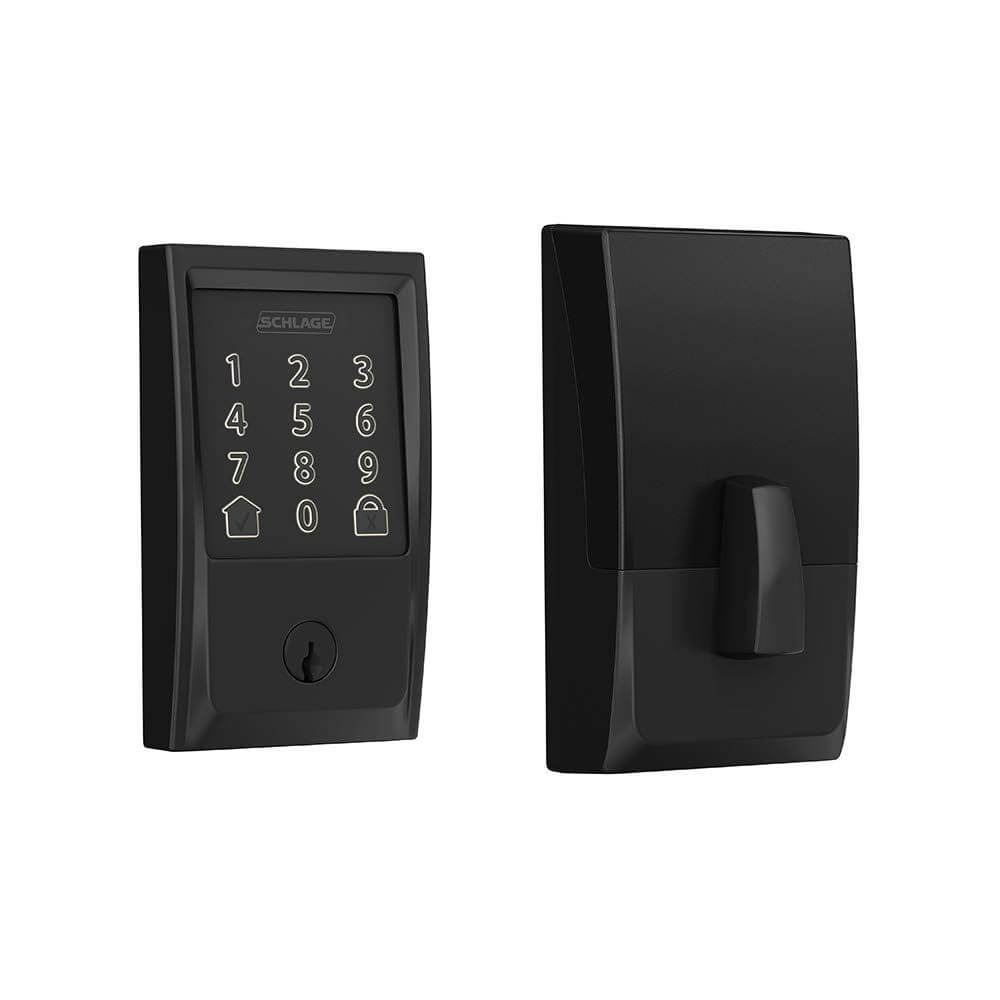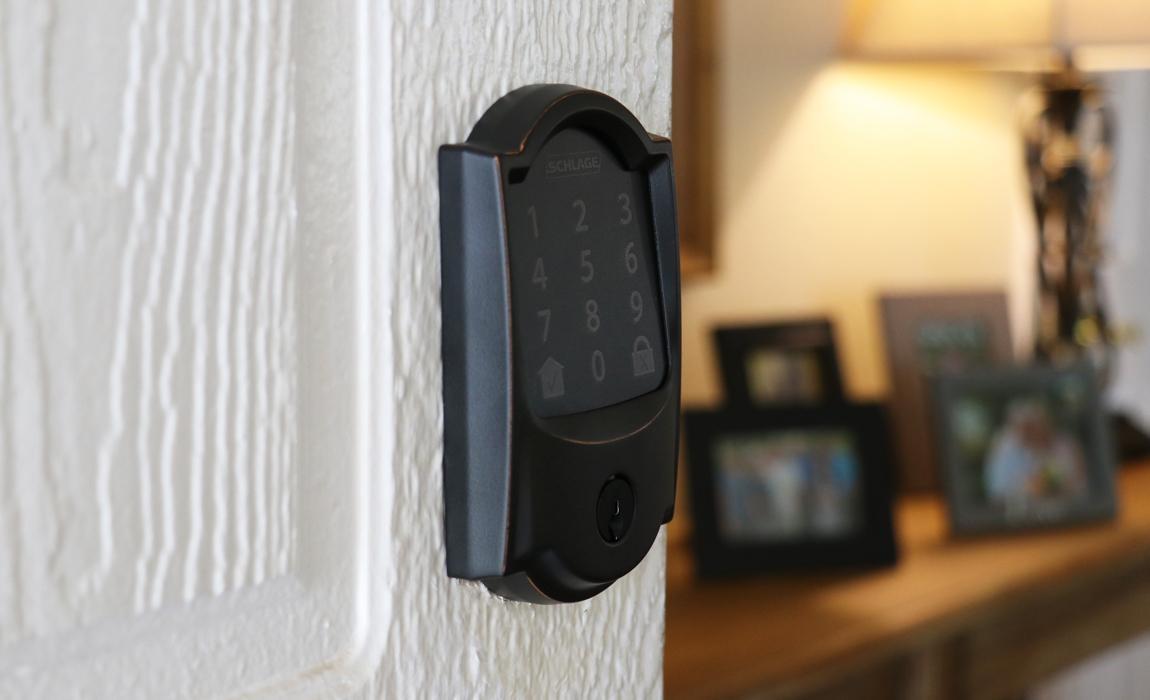
When deciding how much to spend on a traditional lock, consider how frequently you are coming and going – you want to choose a lock that will look good and give you peace of mind for years to come. While they may not have a slew of advanced smart features, traditional locks can be a dependable and stylish option for protecting your home. Traditional mechanical locks are also available at a range of price points and are typically less expensive than electronic locks. If budget is a concern but you still want to go high-tech, consider an electronic deadbolt that does not have home automation capabilities, like the Schlage Touch™ Keyless Touchscreen Deadbolt. Most electronic locks are priced anywhere from $100-400 depending on the number of features and level of security they offer – make sure to choose the features that will add value to your routines and provide you with the best peace of mind.

Features like remote locking and unlocking, timed access codes, built-in alarms and real-time activity logs are worth the investment if you are constantly on the go or can’t always run home from work when the need arises. Electronic locks are generally more expensive on the outset but provide time savings and ease of access that can reduce costs and hassle in the long term. You’ll have plenty of advance notice to swap in fresh batteries.īefore considering cost value, it is important to take stock of your lifestyle and the lock features that will best support your needs. Schlage smart locks will alert you when your battery is running low with an indicator on the lock itself and a notification in the Schlage Home app. A few taps in the app and you can let your kids in the front door even while you’re still at work.ĭon’t worry about getting locked out because of battery failure on your smart lock, either. We’ve already talked about keyless convenience and access codes, but when your smart lock has remote capability, you can also use your smart phone to lock or unlock the door for trusted visitors. To avoid an expensive call to the locksmith or the risk of your child problem-solving with a creative – yet likely unsafe – entry point into the house, choose a smart lock. How many times have you shut the door on your way out only to realize that you left your keys inside? And there’s probably more than one story about your kid losing or forgetting their key, forcing them to wait alone on the porch until you get home. It’s just one of several secure ways to store your codes so you can have confidence to know who has access to your home at what times. Use the app to see when codes are used and to track the access codes you’ve assigned to friends and family.

One more feature that gives the edge to smart locks in the realm of access control: The Schlage Home app.
#Schlage encode plus code#
This is useful for a babysitter who may come to your home frequently but should only be there during a specific time window or when you’re asking a neighbor to walk the dog while you’re on vacation and want to give them a code that is only active for a week.

All you need to do is program a unique access code for each trusted person and decide if you want their code to work all the time, only at certain times of the day or only until a certain date. And don’t even get us started on how easy it is for a potential intruder to find the spare under a fake rock.įor better control over who has access to your home and when, choose an electronic lock. Unfortunately, this means they’ll have access to your home at any time of day or night. If you have housekeepers, friends or other service personnel who need access to your home when you're not around, how will you make that happen? With a mechanical deadbolt, you’ll need to either hide a spare key or make an extra for them to keep.


 0 kommentar(er)
0 kommentar(er)
